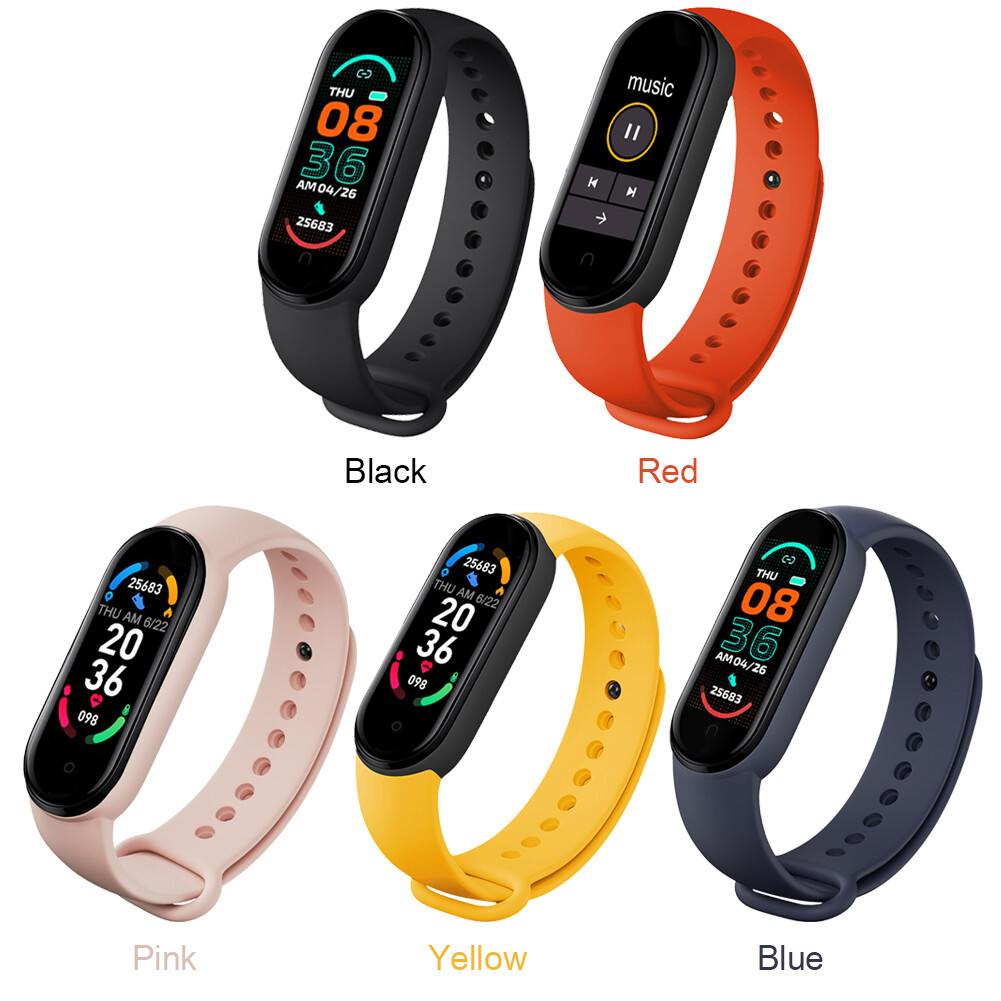In today’s tech-saturated world, parents everywhere are asking the same question: how can I get my kids to spend less time staring at screens? It’s a growing concern, and the answer might be surprising—enter the children’s activity tracker watch. Rather than contributing to screen addiction, this clever device encourages kids to break free from their gadgets and embrace physical, imaginative play. It’s a modern tool with a mission rooted in simplicity: to get children moving, exploring, and thriving—without being glued to a tablet or phone.
Unlike video games or apps that trap children indoors, an activity tracker for kids nudges them into the real world, turning movement into a game. Suddenly, chasing butterflies in the yard or racing around the park becomes more exciting, because every step counts. The shift from passive screen time to active real-time play is real—and families are starting to feel the difference.
What Makes It Different From Other Wearable Devices?
It’s easy to assume that any kind of technology on a child’s wrist would simply add to their screen time. But the children’s activity tracker watch is fundamentally different. While smartphones and tablets offer endless scrolling and addictive games, these watches are designed to do the opposite. They offer just enough digital feedback to motivate a child, but not enough to pull them into a digital rabbit hole.
In fact, the design philosophy behind these trackers borrows heavily from adult wearables—take, for instance, a smart watch women might use. It offers health tracking, time management tools, and gentle reminders, but it doesn’t encourage mindless entertainment. Similarly, a child’s tracker gives information and guidance, but the rest is up to the child to act on.
Instead of having a flashy screen loaded with games and videos, these devices typically have simple interfaces—maybe a few icons, a step counter, and a cheerful animation when goals are met. This minimalism isn’t a design flaw—it’s the secret weapon. It steers kids away from screen fixation and toward screen-free fun.
Encouraging Movement Through Play
At its core, the children’s activity tracker watch is all about motion. It tracks steps, sets daily goals, and sometimes even rewards kids with little virtual trophies or animated celebrations. What does this lead to? Kids looking for every excuse to move.
Jumping jacks before breakfast? Sure—because every jump brings them closer to their daily target. Racing the dog across the yard? That counts too. Even dancing around the living room suddenly becomes an adventure.
And here’s the beauty: none of these activities require a screen. The motivation might be digital, but the movement is entirely real. In this way, the tracker subtly shifts a child’s focus from consuming content to creating fun.
Building Healthy Habits That Don’t Involve Screens
Screens offer instant gratification. That’s part of why they’re so addictive. But the gratification from a children’s activity tracker watch comes differently. It’s earned, not given. Kids must complete real-world actions to see their progress—and that’s incredibly empowering.
Whether it’s taking a walk, helping with household chores, or playing a game of tag, every movement contributes to their goals. Over time, these repeated actions become routines. And here’s the kicker: routines built around movement, not media, tend to stick.
It’s the same way a smart watch women use might help establish workout schedules, hydration reminders, or mindfulness breaks. When kids grow up with that kind of structure—centered on health and self-awareness—it becomes part of their identity.
Reducing the Temptation to Zone Out
One major challenge for parents is the constant battle of keeping kids from zoning out in front of screens. You take away the tablet, and they ask for the TV. You limit TV time, and they beg for the phone. It’s an endless loop.
But when a child wears an activity tracker, the narrative changes. Suddenly, they’re not sitting passively—they’re chasing after a goal. They’re proud of their progress. They want to do more, not watch more.
And here’s where this simple device becomes a game changer. It diverts energy away from passive media and channels it into playful, active, screen-free experiences. It doesn’t fight technology with bans—it simply offers a better alternative.
Fostering Imagination and Exploration
The beauty of screen-free play lies in its ability to unlock imagination. When a child is free from the influence of cartoons and apps, they turn to their surroundings for entertainment—and that’s where creativity blooms.
A children’s activity tracker watch plays a subtle but powerful role in this process. It doesn’t tell kids how to play—it just tells them to move. What happens next is up to them. They might invent a spy mission that involves sneaking around the backyard. Or maybe they’ll decide to be jungle explorers for the day, counting steps as they trek through imaginary rainforests.
This kind of play develops problem-solving skills, independence, and confidence. And it all starts with a nudge from a watch that doesn’t even have a game on it.
Parental Peace of Mind
Of course, none of this works unless parents are onboard. Thankfully, most children’s activity trackers come with connected apps for parental insight. These apps don’t just track movement—they offer peace of mind.
Parents can see how active their child has been, monitor sleep patterns, and even set personalized goals or reminders. But they don’t need to hover, and they don’t need to argue. The data speaks for itself.
This shared visibility also opens up new conversations. Instead of saying, “You’ve been on the iPad too long,” a parent might say, “You’re only 1,000 steps away from your goal—want to go for a walk together?” That shift from confrontation to collaboration builds healthier family dynamics around play and movement.
A Healthier Balance Between Tech and Life
Let’s be clear—technology isn’t the villain. It’s all about how it’s used. And the children’s activity tracker watch is proof that technology can support healthier living rather than hinder it.
By turning physical activity into something fun, measurable, and rewarding, these devices redefine what it means to “play” in a digital age. They strike a balance between embracing tech and preserving the joys of childhood—mud puddles, jungle gyms, and all.
It’s the same balance sought by adults who use wearable health devices. A smart watch women wear might remind them to stretch during work hours or take deep breaths when stress spikes. These small, tech-assisted moments lead to big changes. And the same principle applies to kids.
Making Play a Priority Again
One of the saddest consequences of screen culture is how it sidelines play. Not just the physical kind, but the silly, creative, unstructured kind that defines childhood. That’s what the children’s activity tracker watch aims to bring back.
By making movement fun again, it restores play to its rightful place. It tells children, “Your body matters. Your imagination matters. Your movement matters.” And kids respond to that kind of affirmation.
They start seeking out the monkey bars again. They beg to ride bikes. They invent games with neighborhood friends that don’t involve controllers. And while they’re doing all that, the screen sits forgotten in a drawer.
Empowering Kids to Set and Reach Their Own Goals
Another powerful feature of these watches is goal-setting. Children can see how close they are to their daily step target, how many minutes they’ve moved, or whether they’ve earned their next badge.
These little goals do something big: they build self-efficacy. That’s the belief that you can control your own outcomes. It’s one of the strongest predictors of long-term success, and it starts with small wins.
When a child sees they can hit a goal simply by playing outside for an hour, that sense of control becomes real. And once they feel that, the lure of passive entertainment starts to fade.
Supporting Better Sleep and Focus
Screen time, especially at night, messes with sleep. And poor sleep messes with everything else—focus, mood, learning, health. This is where the children’s activity tracker watch offers another hidden benefit: better rest.
Many trackers monitor sleep duration and quality. They help parents understand if bedtime is working and when improvements are needed. They also encourage routines that support restful nights—like winding down without screens and moving enough during the day to feel tired at night.
When kids sleep better, they think clearer. They’re more patient. More alert. More ready to learn and less likely to crave screen stimulation. It’s a cycle of benefits—and it starts with wearing a little watch that keeps track of things we too often overlook.
A Future Built on Balance
As the digital age marches on, families are forced to redefine what healthy childhood looks like. It’s no longer about cutting out technology altogether. It’s about choosing the right kinds of technology—tools that serve, not steal, a child’s potential.
That’s what the children’s activity tracker watch represents. A thoughtful use of tech that gets kids away from glowing screens and back into the sunshine. A device that doesn’t entertain but empowers.
And the best part? Kids love it. Not because it’s flashy or filled with games—but because it helps them do what they already want to do: move, play, explore, and feel proud of themselves.
Final Thoughts: The Power of Screen-Free Play in a Digital World
If there’s one thing today’s parents want, it’s balance. We want our kids to understand technology without becoming addicted to it. We want them to be strong, imaginative, and independent. And yes—we want them to run, jump, laugh, and play.
The children’s activity tracker watch is one of the few devices that checks all those boxes. It blends technology with purpose. It supports screen-free play without being anti-tech. And it gives both kids and parents a chance to experience childhood—and parenting—in a more joyful, active way.

